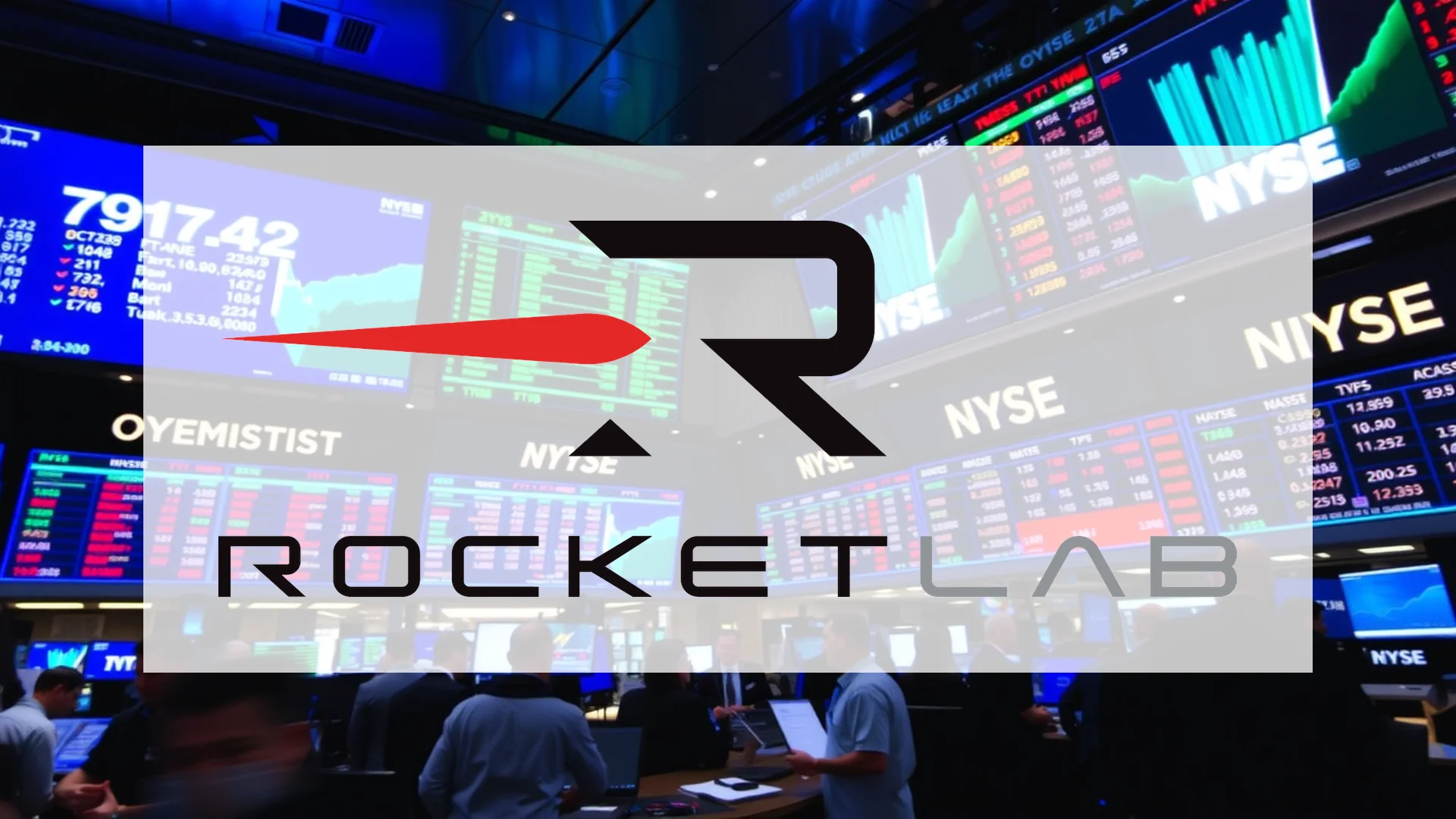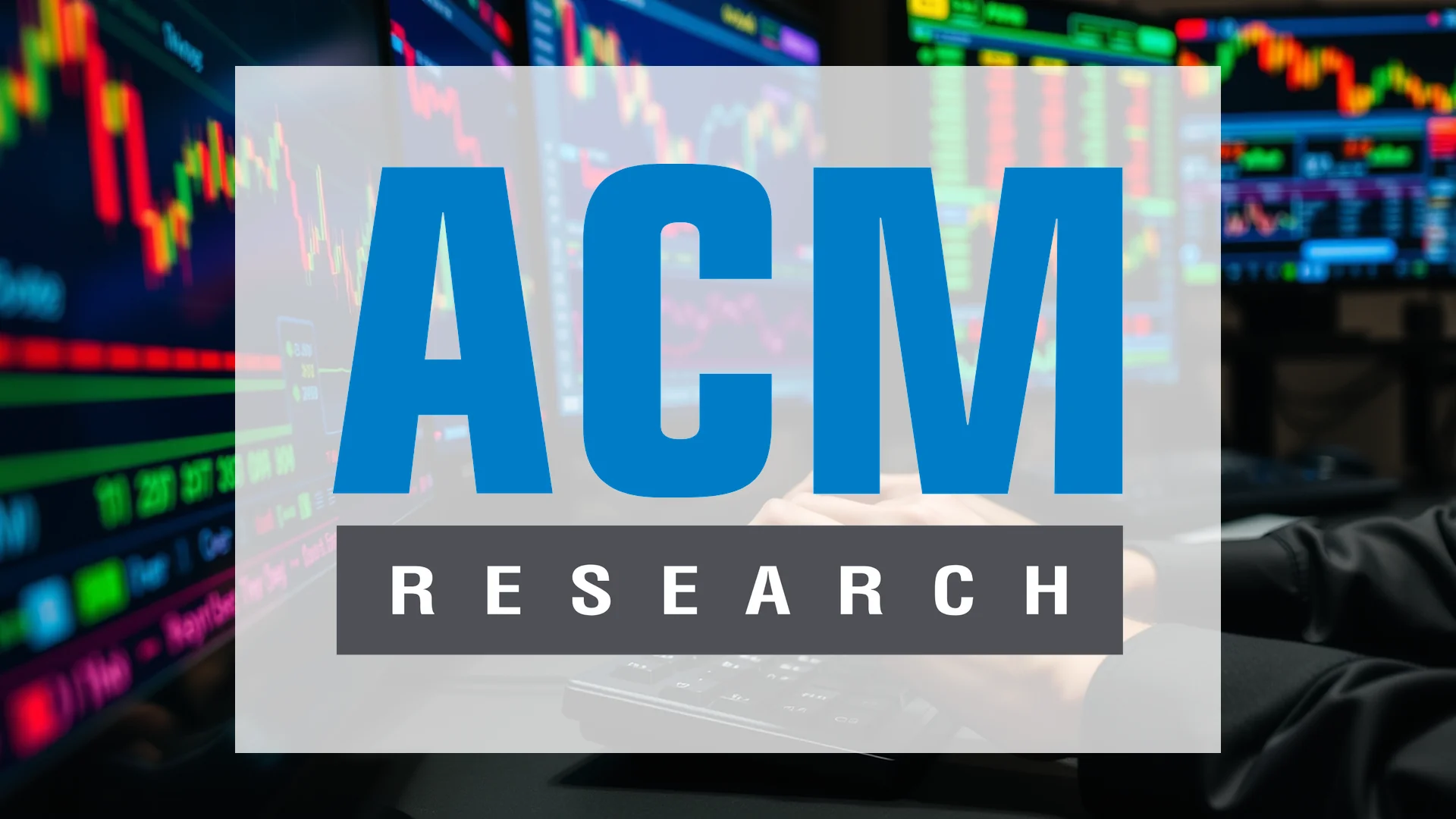The hydrogen sector is gaining significant momentum, and Ballard Power Systems is emerging as a prime example of this accelerating trend. The pioneering fuel cell company is demonstrating that the technology is finally achieving mainstream commercial viability, backed by surging revenue and a remarkable financial recovery. The critical question remains whether this impressive momentum can be converted into sustained profitability.
Strategic Focus and Financial Discipline Pay Off
In a notable strategic shift, Ballard Power has halted plans to expand its Texas Gigafactory, citing changes in federal incentive programs. Instead, the company is concentrating on maximizing output from its existing manufacturing facilities. This disciplined approach to capital allocation marks a significant departure from the spending patterns typically associated with the fuel cell industry.
This operational prudence is clearly reflected in the company’s cost structure. Ballard achieved a substantial 36% reduction in operating expenses, while cash operating costs plummeted by an even more impressive 40%. These figures underscore the effectiveness of recent restructuring initiatives. The company maintains a strong financial position with $525.7 million in liquid assets, providing ample resources for future strategic investments.
Q3 2025 Performance Exceeds Expectations
The third quarter of 2025 represents a potential inflection point for Ballard Power. The Canadian fuel cell manufacturer reported staggering revenue growth of 120%, reaching $32.5 million. Even more significant was the achievement of a positive gross margin for the first time, standing at 15%—a dramatic improvement of 71 percentage points compared to the same period last year.
Heavy-Duty Mobility Drives Revenue Expansion
Revenue from buses and rail vehicles continues to dominate Ballard’s business mix, accounting for over 70% of total sales. While the bus segment posted solid growth of 39% to $15.6 million, the rail transportation sector experienced explosive expansion with a 509% increase to $7.4 million.
Should investors sell immediately? Or is it worth buying Ballard Power?
The company’s strategic emphasis on heavy-duty vehicles appears to be yielding results. Ballard recently secured the largest marine order in its corporate history from eCap & Samskip, successfully expanding beyond its traditional market boundaries.
Next-Generation Technology Enhances Competitive Position
At Busworld, Ballard unveiled its ninth-generation FCmove®-SC fuel cell engine, establishing new industry benchmarks. This innovation delivers a 25% improvement in power density, incorporates integrated DC/DC functionality, and operates at higher temperatures while featuring a more compact design.
The true breakthrough, however, lies in cost efficiency. The new engine is projected to not only reduce total operating costs for customers but simultaneously lower production expenses for Ballard Power. This creates a mutually beneficial scenario that could accelerate the company’s path to profitability.
One area warranting attention is the company’s order pipeline, which declined from $146.2 million to $132.8 million. Management attributes this decrease to modified contract terms rather than reduced customer demand.
The latest quarterly results present compelling evidence of Ballard Power’s operational turnaround. However, the journey toward consistent, long-term profitability remains an ongoing challenge that the company must navigate in the evolving hydrogen economy.
Ad
Ballard Power Stock: Buy or Sell?! New Ballard Power Analysis from November 20 delivers the answer:
The latest Ballard Power figures speak for themselves: Urgent action needed for Ballard Power investors. Is it worth buying or should you sell? Find out what to do now in the current free analysis from November 20.
Ballard Power: Buy or sell? Read more here...












